Ribbed fabric is a voluminous knitted fabric. This name also unites not one specific type of material, but several types of fabrics on which a voluminous strip is clearly visible. It does not matter what this detail looks like: it can be thicker, thinner, barely noticeable. In one pattern rapport, there can be several alternating stripes of different widths. For this feature, fabrics with a convex strip are called by the general word rib.
What is this fabric: composition and characteristics
Rib is a knitted elastic band with a pattern repeat of 3 by 3, 4 by 4. The pattern is created by alternating front and back loops. It is used for decorating things, sewing outerwear for adults and children, creating decorative textiles for interior decoration.

The fabric knitted according to the English rib pattern holds its shape well and has increased stretchability. To make the rib fabric, natural fibers with a small admixture of elastane or lycra are used. The permissible amount of synthetic admixture is 5%. Fabric with a high content of artificial fibers is not suitable for sewing home clothes. Things from such manufacture cause the feeling that a person is in a sauna, since synthetics are not able to absorb liquid.
Artificial impurities contained in the yarn in the recommended amount give the material special positive properties:
- extensibility;
- resistance to shrinkage and deformation;
- wrinkle resistance;
- decorative appearance.
Important! Thanks to the natural fibers in the yarn, finished products have the ability to pass air and absorb moisture.
Varieties
Many people often ask - what is ribbed fabric: a type of material or a specific fabric? This is the name for special types of textured knitted fabric. This also includes all types of fabric with a longitudinal scar:
- reps;
- velveteen;
- velvet.
For your information! The description says that the fabric can have small or large stripes covered with micro pile. The pattern of the fabric can have volumetric lines of different widths.
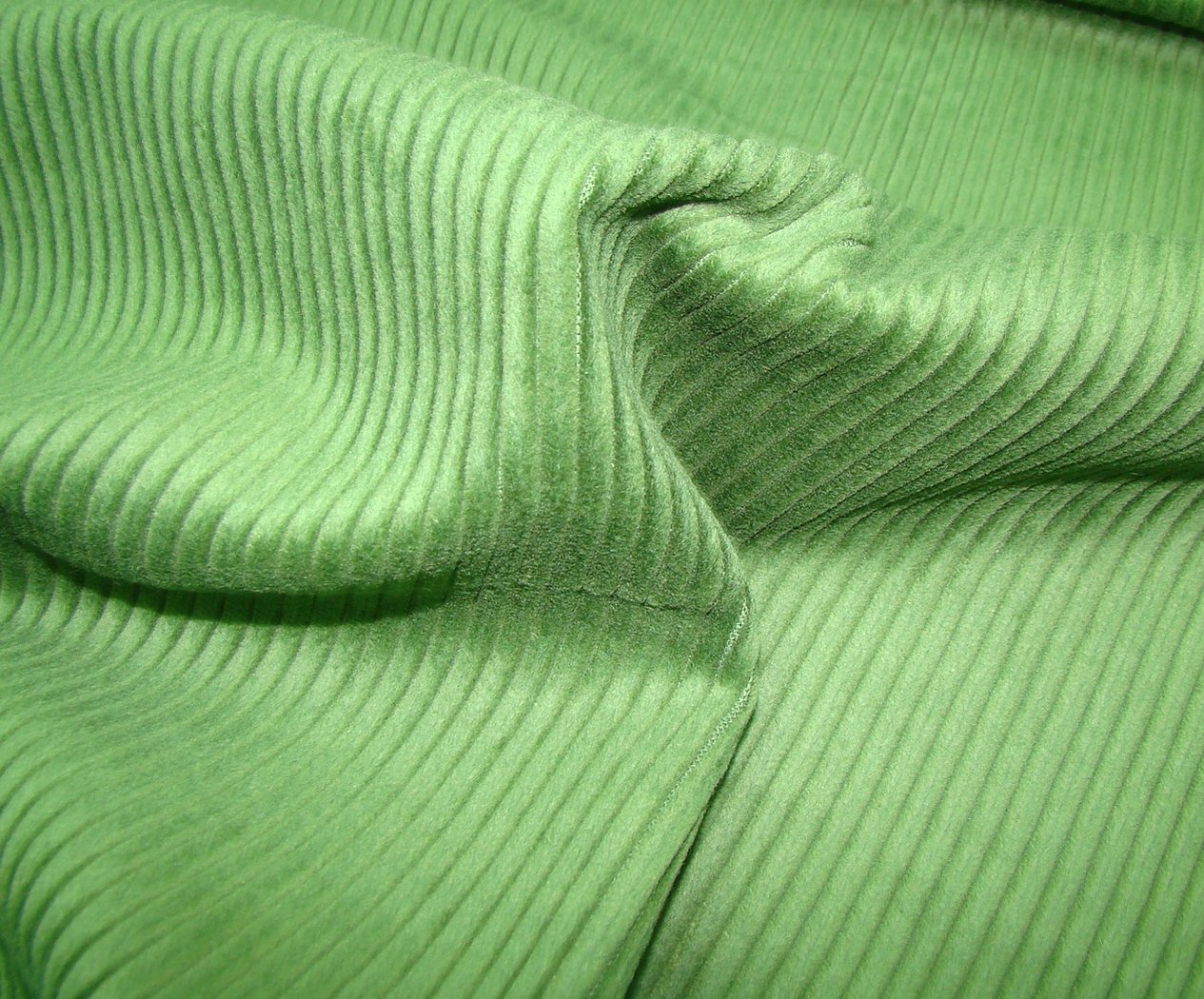
Ribbed knitwear is characterized by alternating front and back loops, creating a weave called English elastic.
The density and weight of the finished fabric depend on the thickness of the threads used to weave the fabric. Thin fleece fabric made from natural fibers is used to sew children's clothes.
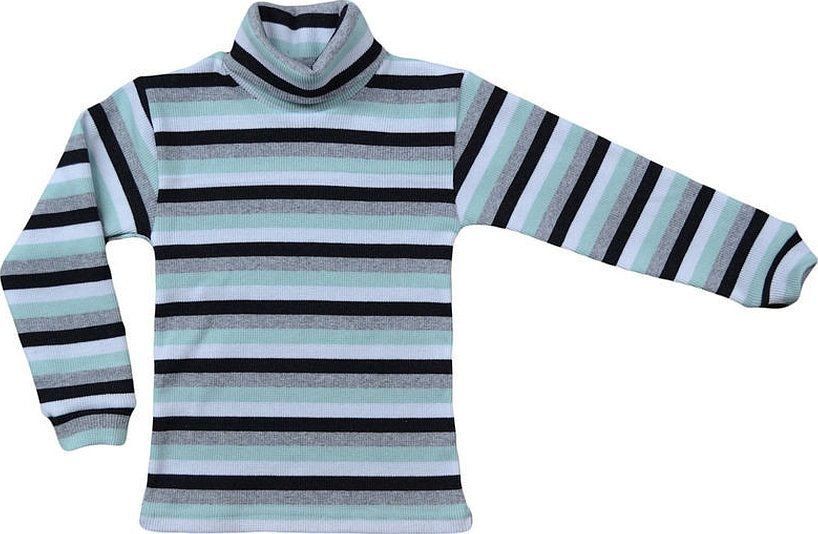
Elasticity: stretchy or not
Knitted rib is elastic, it stretches well and takes the shape of the body. Ribbed corduroy, velvet on a natural basis do not have such properties. When synthetic fibers are added to the composition of the fabric, it acquires elasticity. There are types of velvet and corduroy with a rib pattern that are subject to stretching.
The dense ribbed knitwear used for the cuffs and neck of the product is stretchable in one direction.

Important! Fabrics that contain elastane or lycra have elasticity. Natural fabrics cannot be stretched, as this will deform them and make them shine through.
Synthetic additives allow:
- increase the service life of the material;
- increase wear resistance;
- give elasticity;
- improve the appearance of the fabric, add presentability;
- get rid of shrinkage.
Please note! Velvet, rep and corduroy, made on a cotton base, are not subject to stretching.
Advantages and disadvantages
Like any fabric made from natural fibers, ribbed elastic has qualities that attract consumers. Thus, the fabric:
- does not cause allergic reactions, so it can be safely used for sewing children's clothing;
- hygroscopic, absorbs moisture, therefore suitable for summer clothing;
- pleasant to the touch. The exception is fabrics that contain natural wool additives. Outerwear is usually made from such;
- does not become electrified as much as synthetic fabric;
- elastic, stretches easily without deforming, holds its shape;
- has increased wear resistance, like silk material;
- It drapes well, which is why it is used by decorative artists to create curtains on stages and windows.
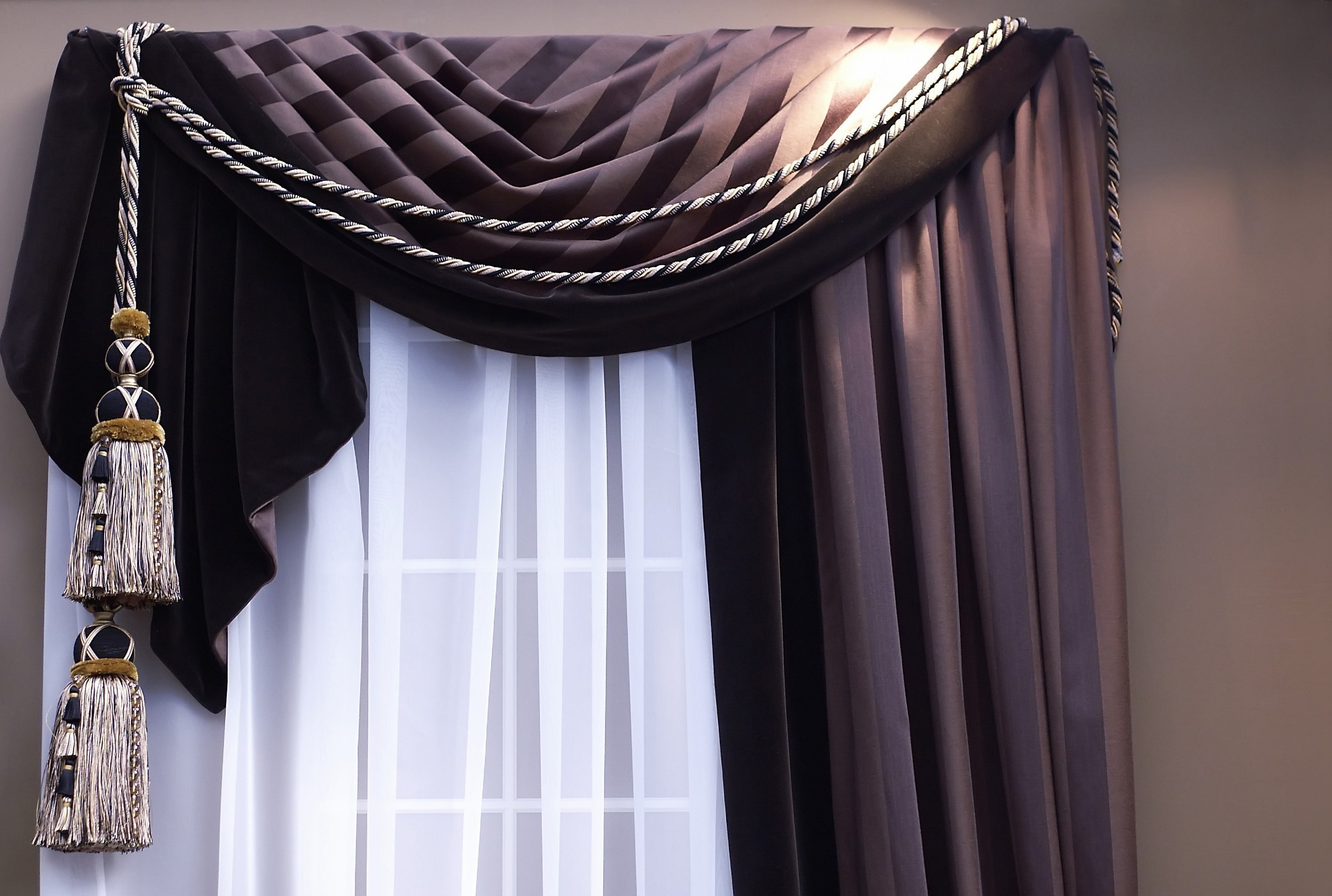
The disadvantages of the fabric include the following:
- After decatizing before sewing the products, the rib shrinks a lot. Almost all natural fabrics are prone to this after washing;
- compliance with special rules for the care of finished products.
Application areas
Traditionally, knitwear woven by alternating lines of front and back loops is used for decorating:
- sportswear;
- jackets;
- children's things.
Ribs are sewn from knitted fabric:
- dresses, sweaters;
- poncho;
- pullovers;
- tunics;
- winter hats.

The fabric woven with English rib fits the figure very well. It is not recommended to use this fabric for sewing tight dresses for women with a size larger than 48.
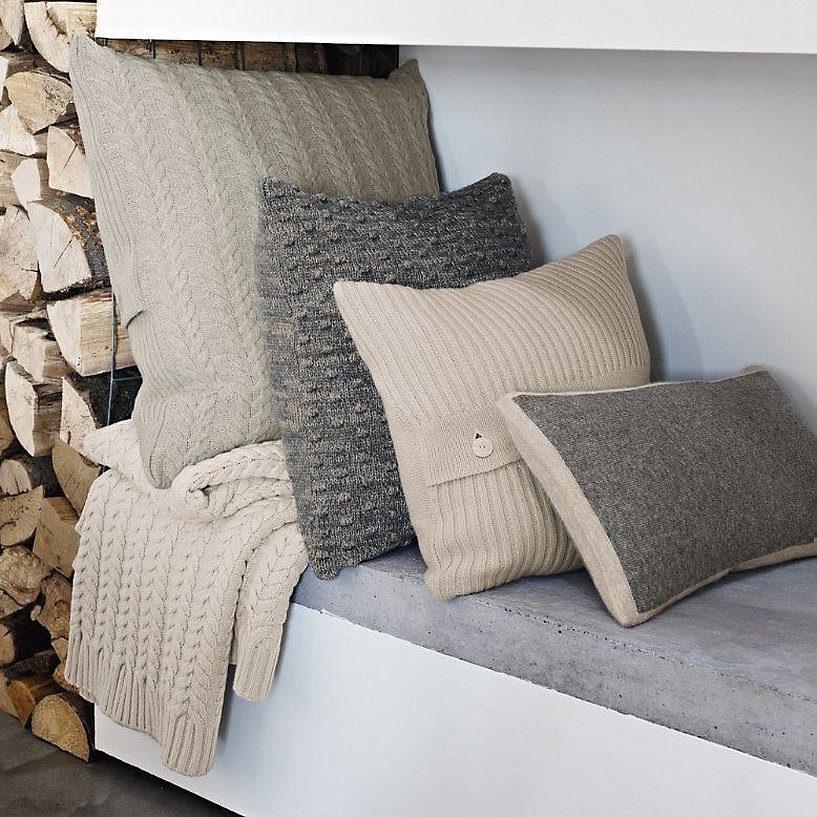
Please note! Decorative ribbed fabrics are used for sewing textiles that decorate the interior. Sofa and chair covers, bedspreads, pillowcases made from knitted fabric look original. The advantage of using the fabric is that it stretches well and is easily pulled over a piece of furniture.
Curtains made of jersey fabric have recently come into fashion. Thin stripes are placed from bottom to top. The jersey fabric lies beautifully in draperies. Curtains made of ribbed fabric look good if they are not cut short, but slightly laid on the floor.
How to care for fabric
Ribbed knitwear made from natural raw materials may shrink if the garment was not decatized before sewing. New fabric should be soaked in warm water before being sent to the studio for sewing. After drying, natural fabric will definitely shrink.
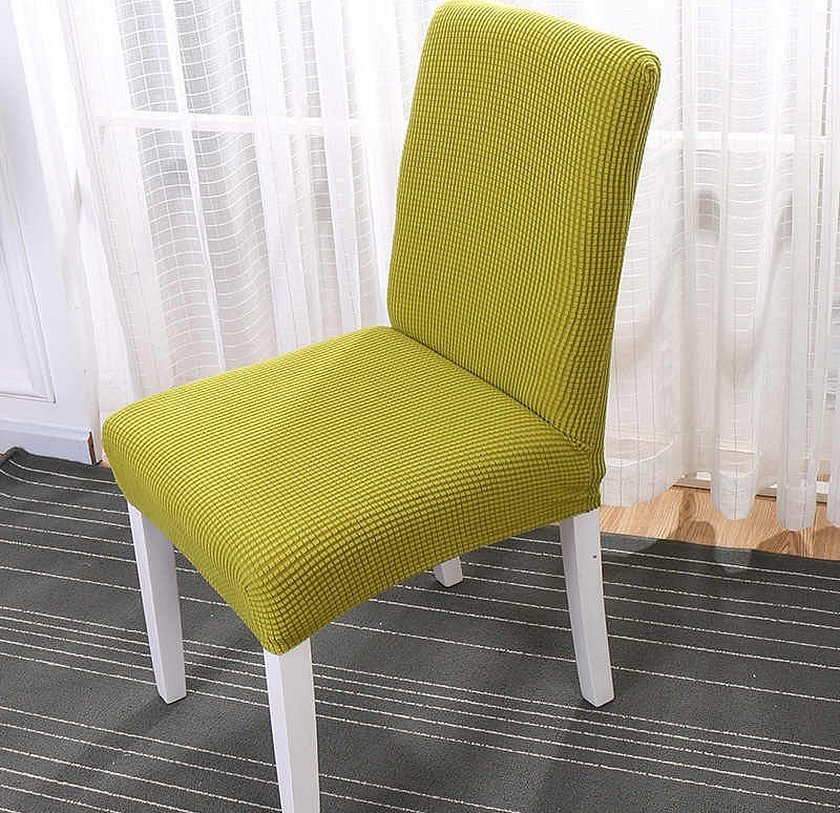
Wash the items in warm water using liquid gels. Knitwear does not tolerate too high temperatures.

Woven fabric is washed by hand or in a washing machine on a gentle cycle. Wet knitwear items are wrung out without twisting to avoid deformation. They are hung over the bathtub to allow excess water to drain, then dried on a dryer. Ribbed knitwear is not hung on radiators to avoid damaging the pattern on the fabric.

Iron bulky fabric with steam while hanging. If there is no iron with a steamer, then knitted items:
- Place it inside out on a terry towel folded in half.
- Spray with clean water.
- Cover with cotton cloth and iron.
Fabrics such as corduroy and velour, which have a rib, are ironed in the same way as knitwear. This allows you to avoid wrinkling and deformation of the micro pile when heated with an iron.
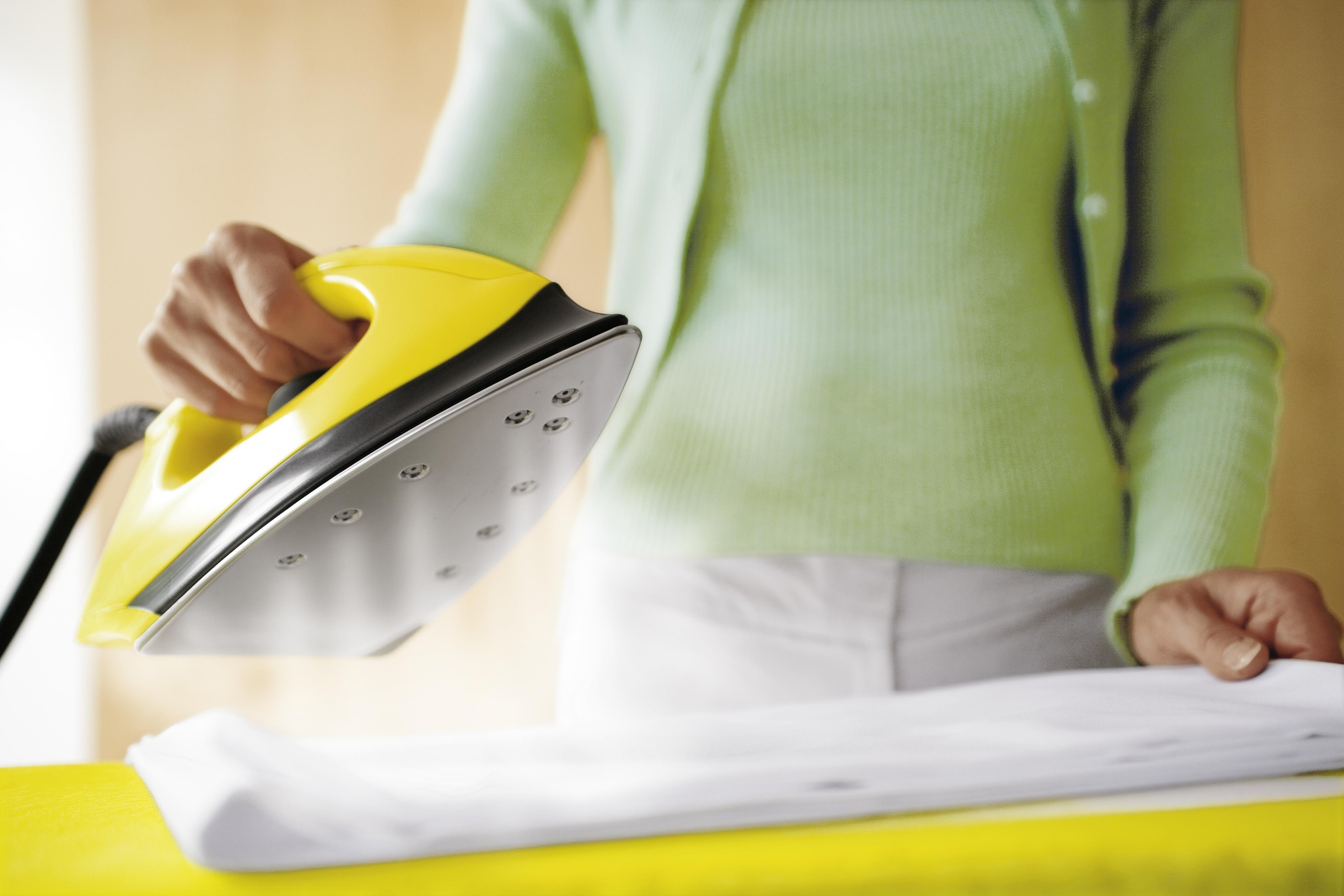
Reviews
The scar generally receives positive reviews:
Frenkel Lyudmila (Rostov-on-Don): "My sister gave me a piece of ribbed knitwear. I really liked the soft, warm fabric, so I ordered a sweater dress from the studio. The material stretches well and hugs the figure beautifully. The only inconvenience was that before taking the knitwear into work, the studio asked me to wash it and then bring it back. Of course, I was surprised, it turned out that due to the large amount of natural fibers in the fabric, it can shrink in width and length."
Lopatin S.A. (Salsk, Rostov Region): "I purchased ribbed fabric for mass production of warm children's clothes. Cuffs and collars were cut from the pipe fabric. It turned out to be very profitable. You can't sew this fabric with a regular sewing machine, so I had to buy special equipment. Even after that, it turned out to be more profitable to cut the finished fabric into pieces than to finish knitting the cuffs myself."
Kholod E. Yu. (Volgograd): "I once sewed covers for my upholstered furniture group. I had a lot of trouble trying them on and implementing the idea. Then I took thick furniture velour, which is not stretchable. It was difficult to adjust the product to size, then it was even more difficult to pull the covers onto the sofa and armchairs. A friend advised me to buy ribbing for the new covers to make the job easier.
Please note! The knitwear stretches well and is easy to apply to furniture.
I have a four-thread overlock with a knitwear processing function, so sewing was not difficult at all. I highly recommend the fabric for making decorative interior items."
Ribbed fabric can be made from any type of raw material. Common to all types of fabrics united under this name is the presence of voluminous stripes on the fabric. The decorative element can have different widths and densities. In action, it looks impressive, which is why many seamstresses love it so much.




